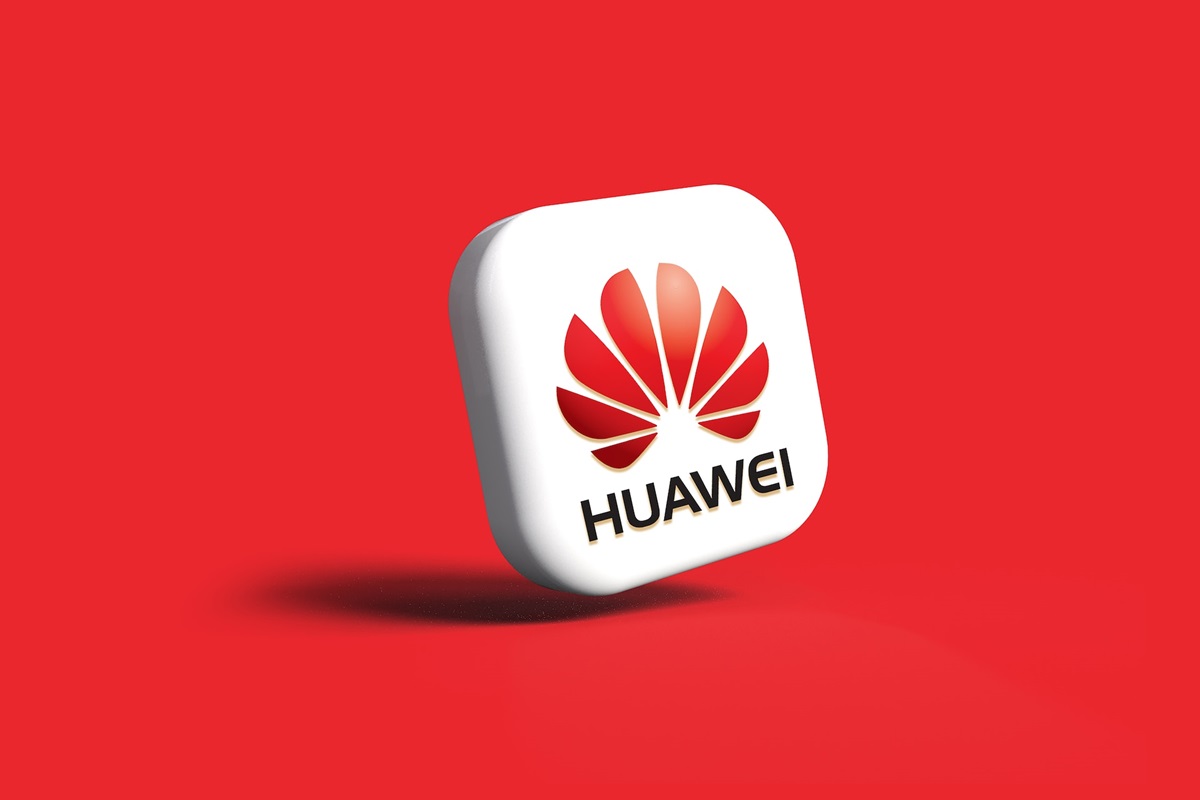Burn J. Lin, former vice president of Taiwan Semiconductor Manufacturing Co., said that, in his opinion, the United States will not be able to stop the development of Chinese companies, including Semiconductor Manufacturing International Corp. and Huawei Technologies Co., in the sphere of chip production.

The former vice president of TSMC noted that the two mentioned firms from China demonstrated their impressive and stunning Washington capabilities in making microcircuits for smartphones. He said that these companies can use their old equipment to produce more complex silicon, which, as traditionally supposed, requires more modern technological solutions.
Burn J. Lin is convinced that SMIC is already in a state of full readiness to start mass manufacturing of 5-nanometer microcircuits on machines made by the Dutch ASML Holding NV. The former vice president of TSMC, while working at this company, was a supporter of the use of lithography technology, which actually changed the technological essence of the chip manufacturing process. He was the first to propose immersion lithography, on which ASML equipment is based.
Huawei made to talk about its and not only achievements by releasing a new smartphone Mate 60 Pro about two months ago. The reason for the industry resonance in this case was the fact that a 7-nanometer chip manufactured by SMIC was found in the mentioned device. This microcircuit has a special symbolic and concrete practical significance, marked by the very fact of its existence the capabilities of China, which turned out to be stronger and more promising than Washington believed when deciding to restrict the access of companies from this Asian country to advanced chips.
Also, the development of SMIC has become a reason to doubt the ability of the United States to contain the technological potential of Beijing. Some experts think that Washington’s lack of tools to limit China’s development in the advanced industry is not a subject for assumptions and guesswork, but an obvious fact that does not require additional evidence.
Burn J. Lin believes that the current level of the technological state of the mentioned Asian country with a high degree of probability is not a peak after which new heights will not be conquered. SMIC applied ASML immersion lithography machines for the manufacture of a 7-nanometer microcircuit. Burn J. Lin supposes that China will focus on making a 5-nanometer chip shortly and direct part of its efforts to experiment with new materials or improve the packaging of microcircuits to create more powerful semiconductors.
SMIC shares rose 5.8% on October 27 in Hong Kong. This dynamic has become the highest over the past two weeks.
Burn J. Lin talks about the impossibility of the United States totally obstructing China’s ability to improve chip technology. He made the corresponding statement this week at the National Tsinghua University in Hsinchu. According to him, Washington should focus on maintaining its leadership in the development of microcircuits instead of limiting Beijing’s capabilities in this industry. He also noted that against the background of the actions of the United States, China is creating a nationwide strategy for the development of its sphere of chips and is damaging the global economy.
In 2020, Washington effectively banned TSMC, a supplier of advanced silicon for Apple and Nvidia, from cooperating with Huawei. Burn J. Lin stated that at that moment SMIC had inherited, as he put it, massive orders that made it possible to improve the production technology. As a result, it turned out to be that Washington’s actions became beneficial for the Chinese companies and unprofitable from the point of view of American interests.
Analysts have estimated that Huawei could make up to 70 million advanced microcircuits for smartphones next year. This figure is inferior to the annual iPhone production volume of about 220 million devices, but it is still significant and, most importantly, has growth prospects.
Canadian research firm TechInsights has found an improved chip manufactured by the Chinese company Yangtze Memory in a solid-state drive released in the summer. TechInsights, which announced the existence of a 7-nanometer microcircuit SMIC, detected a 232-layer four-level 3D NAND cell made in China, calling it one of the most advanced. The company also stated that Beijing is creating its semiconductor supply chain and overcoming restrictions from Washington more effectively than expected.
As we have reported earlier, Huawei Drives China Stock Boom.









